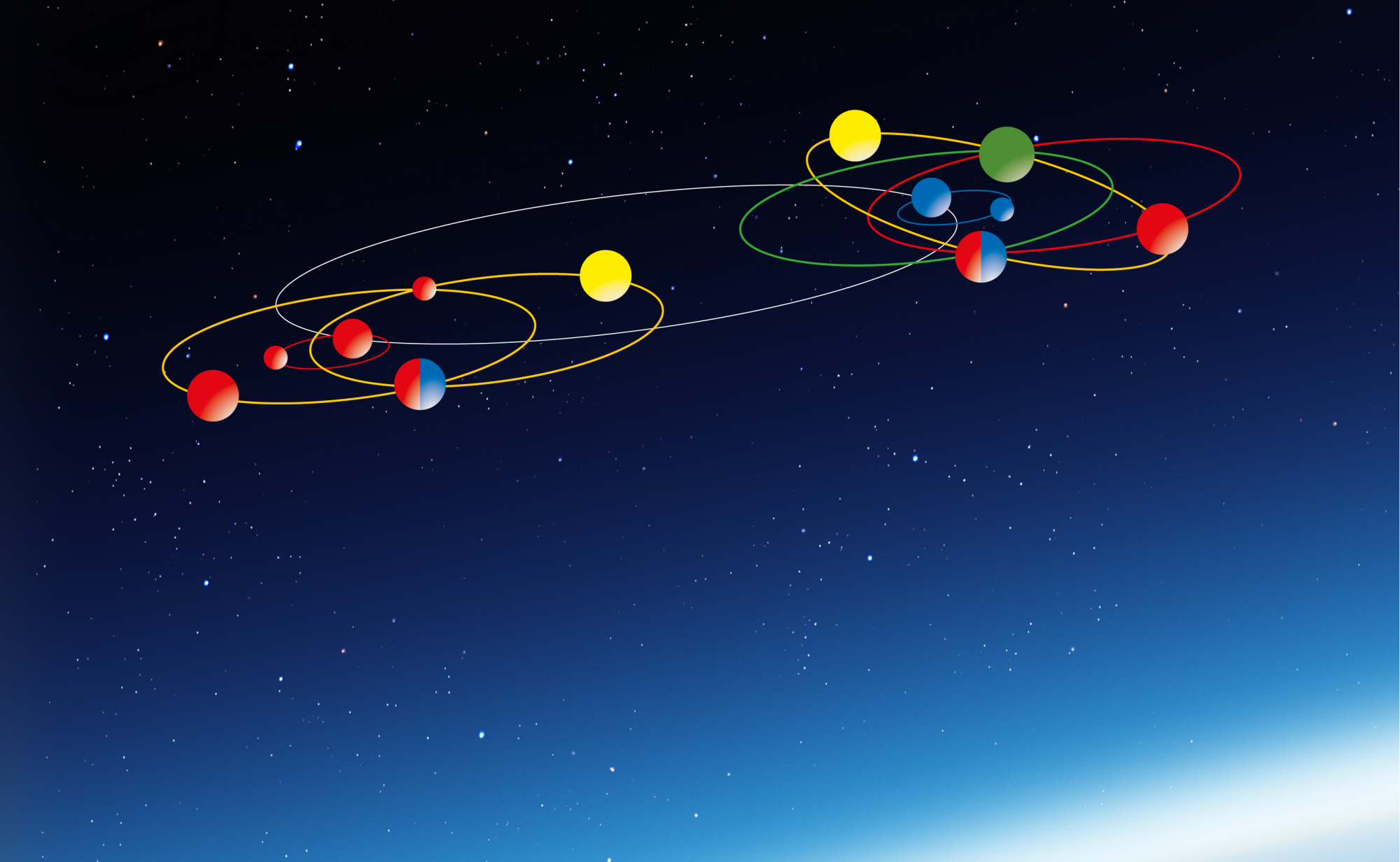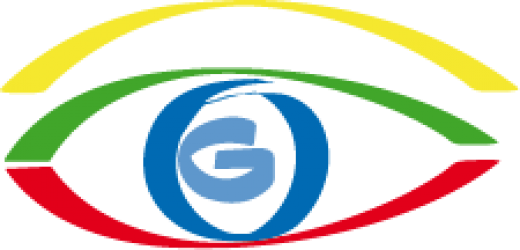The aim of Visual Grammar is to represent a contemporary alternative to the purely static and cunning presentation of syntactic structures. With the help of a sensory motor based appealing and ludic presentation Visual Grammar tries to arouse the interest of foreign language learners for the syntactic, but also semantic structures. The cosmic metaphor should help to internalize abstract facts in a playful way.
In addition to these didactic points, Visual Grammar also represents a reinterpretation of existing traditions. Thus, conventional divisions in the lexical (cf. concepts, situations, dimensions and contexts) and grammatical areas (cf. determinants, transformers and coordinators) were renamed according to their respective linguistic function, and processes (cf. determination, expansion/reduction, transformation and coordination) were structurally simplified.
With the help of Visual Grammar, it is possible to show static snapshots, but also dynamic processes in a language and in language comparison, and also to capture polyfunctional phenomena of individual elements. By the flexible representation of the syntactic functions with the help of colored Orbita parallels, as well as differences in the contrastive comparison can be represented beautifully and vividly.
In addition, Visual Grammar, through a view into the inner life of the stars, also allows a look at linguistic peculiarities that are decisively involved in the structure of a language, but do not always leave concrete traces on the syntactic level.

